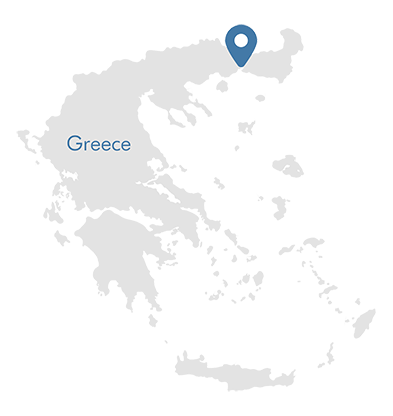GREECE, EUROPE
Nestos Delta
The Nestos Delta on the Aegean coast of Thrace is one of the most important wetlands in Europe, covering an area of around 550 km². It is located to the west of Kavala, opposite the island of Thassos. The area of the Nestos Delta includes the lower reaches of the Nestos River, which originates in Bulgaria, between the town of Parádissos and the estuary, as well as the coastal strip between Néa Karvali and Avdira with its lagoons, salt marshes and dunes. The Nestos Delta is a Ramsar Wetland of International Importance, designated as such due to its significance as a habitat for waterbirds and other wildlife.
What makes it special
One fascinating aspect of the Nestos Delta is its role as a habitat for migratory birds, including pink flamingos. During certain seasons, you can witness the impressive sight of these elegant birds in the delta.
Protection status
· Ramsar Site 56, Wetland of International Importance
· EU Natura 2000

Biodiversity
More than 320 species of birds, many rare reptiles and freshwater fish live in the lakes, lagoons and the surroundings. Rare species such as the Spur-winged Plover, White-tailed Eagle and Spotted Eagle breed here. You can observe the Pygmy Cormorant, the world’s smallest cormorant, the Spotted Eagle and the Dalmatian Pelican regularly during the migration period. Other rare species in the Nestos Delta are the Golden Jackal and the Otter.

Threats
Intensive agriculture is one of the biggest threats to these precious wetlands. Farmers pump large amounts of water to irrigate their fields. The redistribution of agricultural land also has a negative impact on this area. Due to EU agricultural subsidies, more land is being cultivated. The excessive use of fertilisers and pesticides in the delta is causing major problems, and the water quality of the lagoons and lakes is constantly deteriorating.

